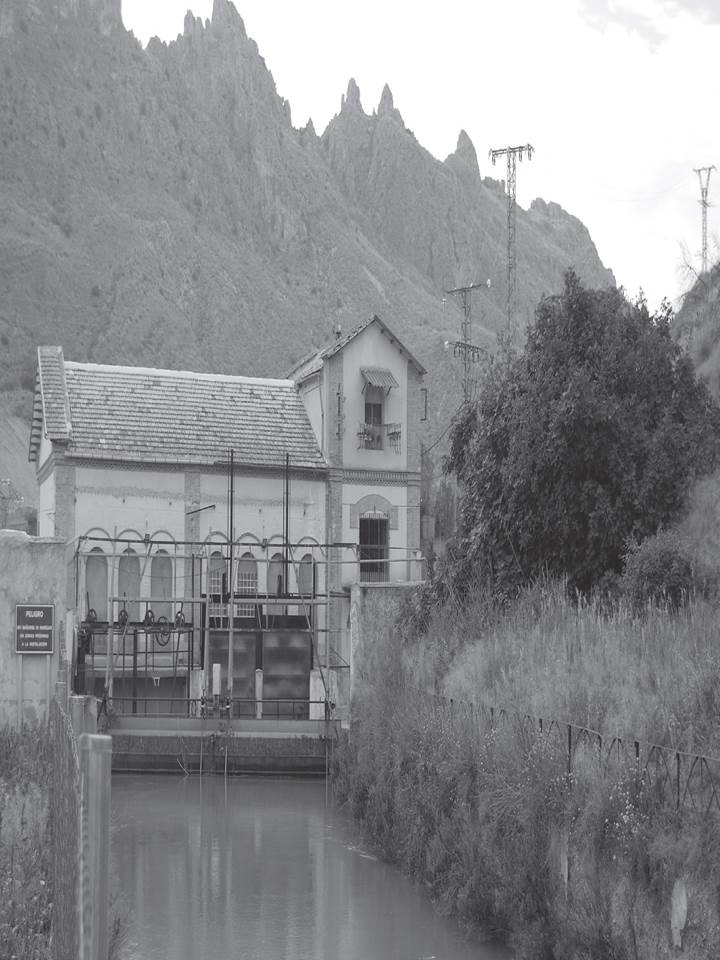Resumen
La región de Murcia, situada en el sureste de la Península Ibérica, atesora un importante número de fábricas de luz, muchas de ellas construidas entre las últimas décadas del siglo XIX y los comienzos del XX. Aunque casi todoslos ejemplos que se conservan en el curso del río Segura, independientemente de su ubicación en la ciudad o en el medio natural, son edificaciones industriales con elementos comunes que siguen los modelos tradicionales de la arquitectura de fin del siglo XIX, en algunos casos incorporan elementos singulares dignos de ser destacados, sin olvidar el interés que supone que algunas de ellas conservan su maquinaria original que actualmente siguen en uso. Con este artículo pretendemos, no solo hacer un análisis arquitectónico y patrimonial, sino incidir en la situación actual de estos espacios del patrimonio industrial, algunos de los cuales se encuentran en riesgo y, por ello, realizamos propuestas concretas para la puesta en valor de las mismas.
La revista Apuntes se encuentra registrada bajo la licencia Creative Commons Reconocimiento 4.0 Internacional. Por lo tanto, esta obra se puede reproducir, distribuir y comunicar públicamente en formato digital, siempre que se reconozca el nombre de los autores y a la Pontificia Universidad Javeriana. Se permite citar, adaptar, transformar, autoarchivar, republicar y crear a partir del material, para cualquier finalidad (incluso comercial), siempre que se reconozca adecuadamente la autoría, se proporcione un enlace a la obra original y se indique si se han realizado cambios. La Pontificia Universidad Javeriana no retiene los derechos sobre las obras publicadas y los contenidos son responsabilidad exclusiva de los autores, quienes conservan sus derechos morales, intelectuales, de privacidad y publicidad.
El aval sobre la intervención de la obra (revisión, corrección de estilo, traducción, diagramación) y su posterior divulgación se otorga mediante una licencia de uso y no a través de una cesión de derechos, lo que representa que la revista y la Pontificia Universidad Javeriana se eximen de cualquier responsabilidad que se pueda derivar de una mala práctica ética por parte de los autores. En consecuencia de la protección brindada por la licencia de uso, la revista no se encuentra en la obligación de publicar retractaciones o modificar la información ya publicada, a no ser que la errata surja del proceso de gestión editorial. La publicación de contenidos en esta revista no representa regalías para los contribuyentes.


